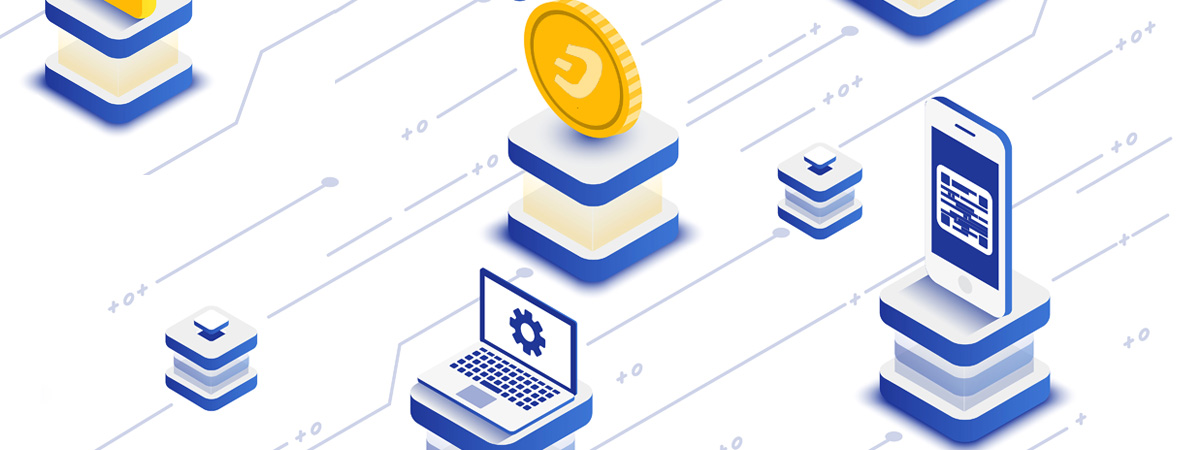Perhaps the easiest criteria to indicate Dash and Dash Platform satisfy Web3 requirements is payments. As one of the ‘grizzled veterans’ of the emergence of cryptocurrency, Dash is a proven crypto payments platform. Dash is an outstanding option, as a matter of fact, for both customers and merchants. So when Web3 says it needs native payments, Dash should be seen as one of the most viable Web3 tools.
Part 4 of 4
Web3 Principles
- Trustless
- Permissionless
- Decentralized
- Payments
Web3 Native Payments Explained
Decentralized Apps (DApps) will need cryptocurrency to manage transactions — they will not want to rely on the outdated infrastructure of payment processors and banks. As we learned from our discussion of decentralization, DApps think global, one reason to decouple from the old monetary infrastructure. Users from anywhere can use an app without worrying about how to pay (it’s built in).
Benefits of Dash’s Native Payments
Fast
The original goal when Dash was forked from Bitcoin was to make payments faster and cheaper. It has always achieved that goal, and it remains one of the fastest payment cryptocurrencies today.
Proven
Through bull and bear markets, Dash survives as a reliable, secure platform. A solid, innovative community embraces Dash, driving it to stay ahead of other options.
Low Cost for Users
Person-to-person payments are nearly instant and nearly zero cost. Dash masternodes make these transactions simple, secure, and fast.
Low Fees for Merchants
It’s well documented that Dash is less expensive than credit cards. Dash has programs for merchants looking to accept crypto too.
Privacy
Dash and privacy are interwoven – users have the option of using its CoinJoin feature to protect their identity from observation — and that’s yet another reason Dash is a leading blockchain platform.
Incentives
Dash rewards network services already (Proof of Service is a staple of masternodes). This model continues and extends in Dash Platform, which ensures that reliable, high-performance decentralized services are available.


Leave A Comment